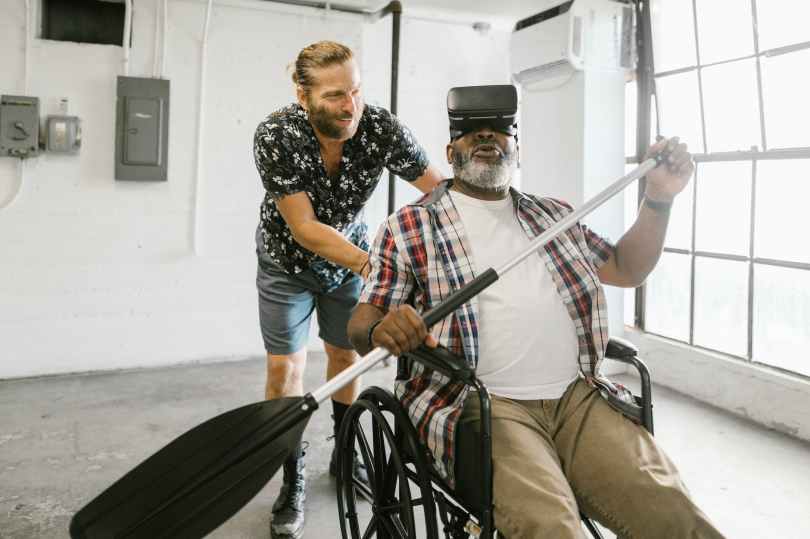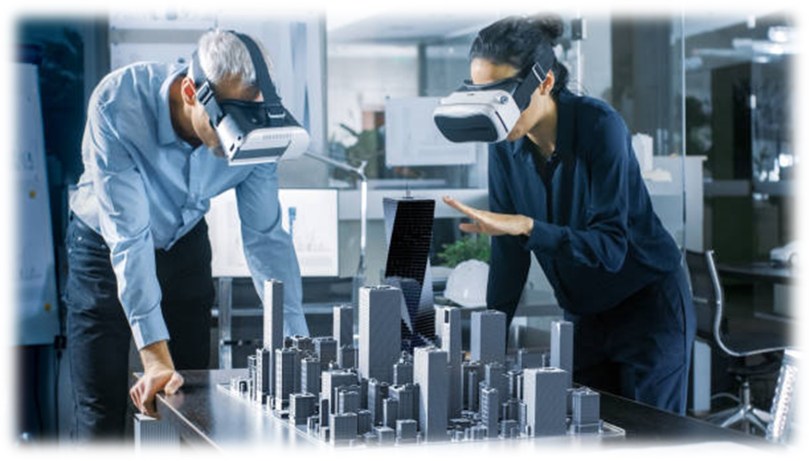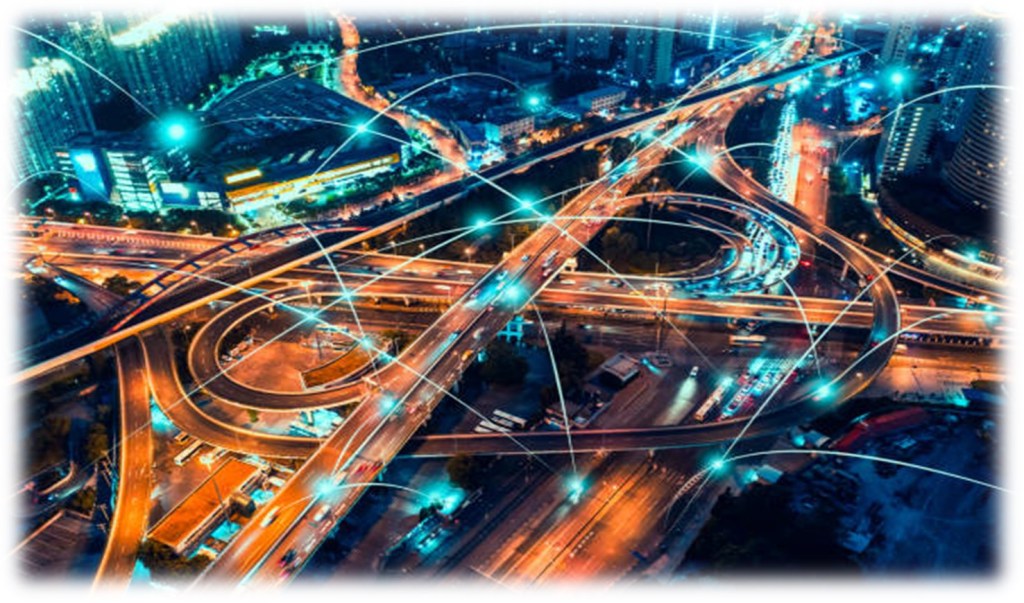VR 360 degree videos is a booming trend in the world of video production, during the pandemic we saw tours being offered through VR headsets as well as museums and other attractions. They are immersive and offer a more realistic experience for the viewer than a fixed VR experience.

The immersive nature of these videos makes them ideal for many different industries, including retail, real estate, education, tourism, entertainment and more.
These types of videos are a great way to promote a product or service, especially in the tourism industry. It allows viewers to see what it would be like to visit the location and gives them a sense of what it would be like before booking their travel.
It is also an excellent way for companies to show their products or services in action without purchasing expensive equipment and hiring actors. In this article, we will discuss everything about VR 360 degree videos.
Read More »


